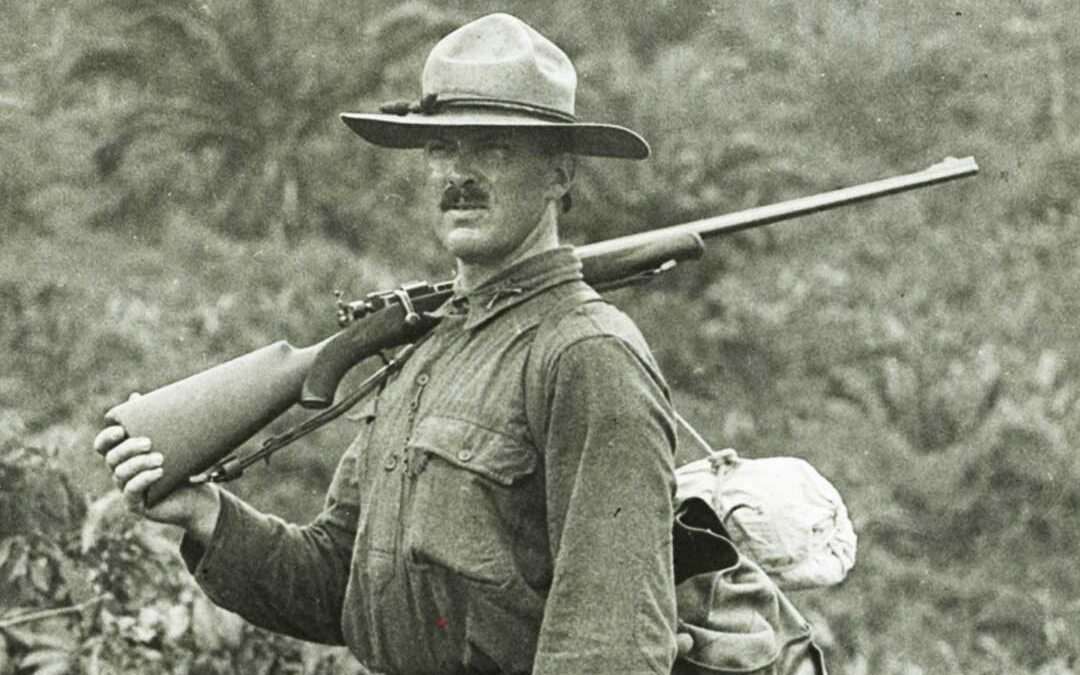Gun writers are not a uniquely American phenomenon, but there’s little argument that collectively those who have been citizens of this country rank in a class by themselves. Sure, there have been some fine European scribes, especially British ones, who have written on the subject. Indeed, were you to ask me to name the single most influential gun book ever, W. W. Greener’s The Gun and Its Development would at the very least merit serious consideration. Similarly, John H. “Pondoro” Taylor’s African Rifles and Cartridges is an enduring classic that has, in the three quarters of a century since its publication, gone through multiple editions and garnered richly merited praise. Numerous African hunters, predominately Brits, likewise devoted considerable coverage to specialty guns. Then of course classic gunmakers of both the British Isles and continental Europe have been the focus of a great deal of coverage along the lines of Geoffrey Boothroyd’s numerous volumes, Major Sir Gerald Burrard’s massive three-volume The Modern Shotgun and Richard Beaumont’s Purdey’s: The Guns and the Family.
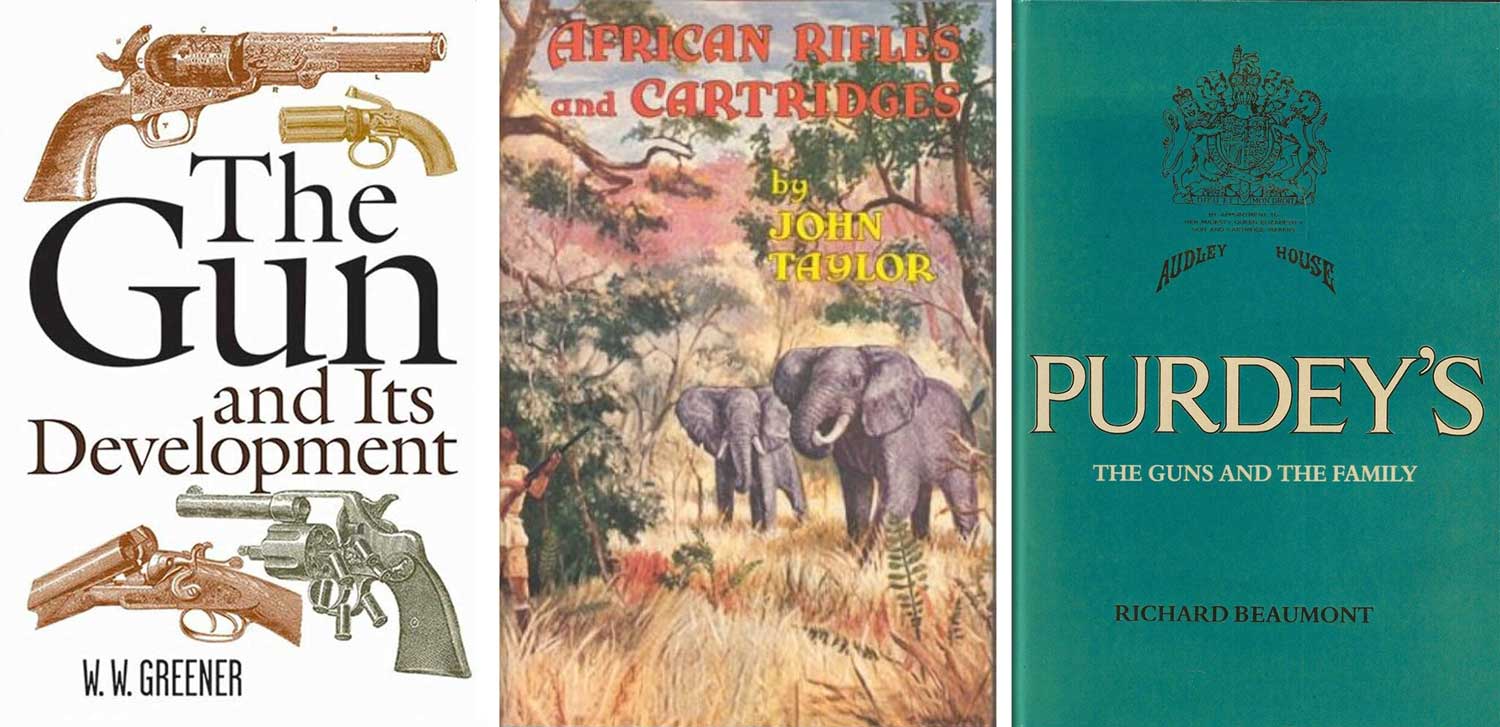
Such landmark works as these, and they are but a tiny sampling, are important. Yet there are two vital factors that place the United States in a unique position—the Second Amendment and the rights it provides in terms of owning and bearing arms and vast tracts of public land where the average fellow, not just the elite few such as highly affluent or aristocrats, can take to the field and enjoy the quest. Those considerations translate to a far wider audience of interested readers and, accordingly, a market where far more gun scribes can ply their trade.
What follows is a glimpse of some of the finest and most prolific of them, with coverage being limited to writers who are no longer with us. I’m just enough of a coward, never mind that members of my family, as well as others, have told me I’m singularly lacking in diplomatic genes, to avoid offending writers still with us and actively pursuing their craft. For simplicity, not to mention taking the easy escape route of not having to rank the list of great gun writers that follows, they are given in alphabetical order by last name. There are sure to be omissions of favorites of some readers while others will feel there are sins of commission because of some listings they feel are not merited, but what follows are my choices for a solid cross-section of true greats in the field. I’ll leave it to you to add a personal choice or two or perhaps shake your head in dismay at some of the entries that follow.
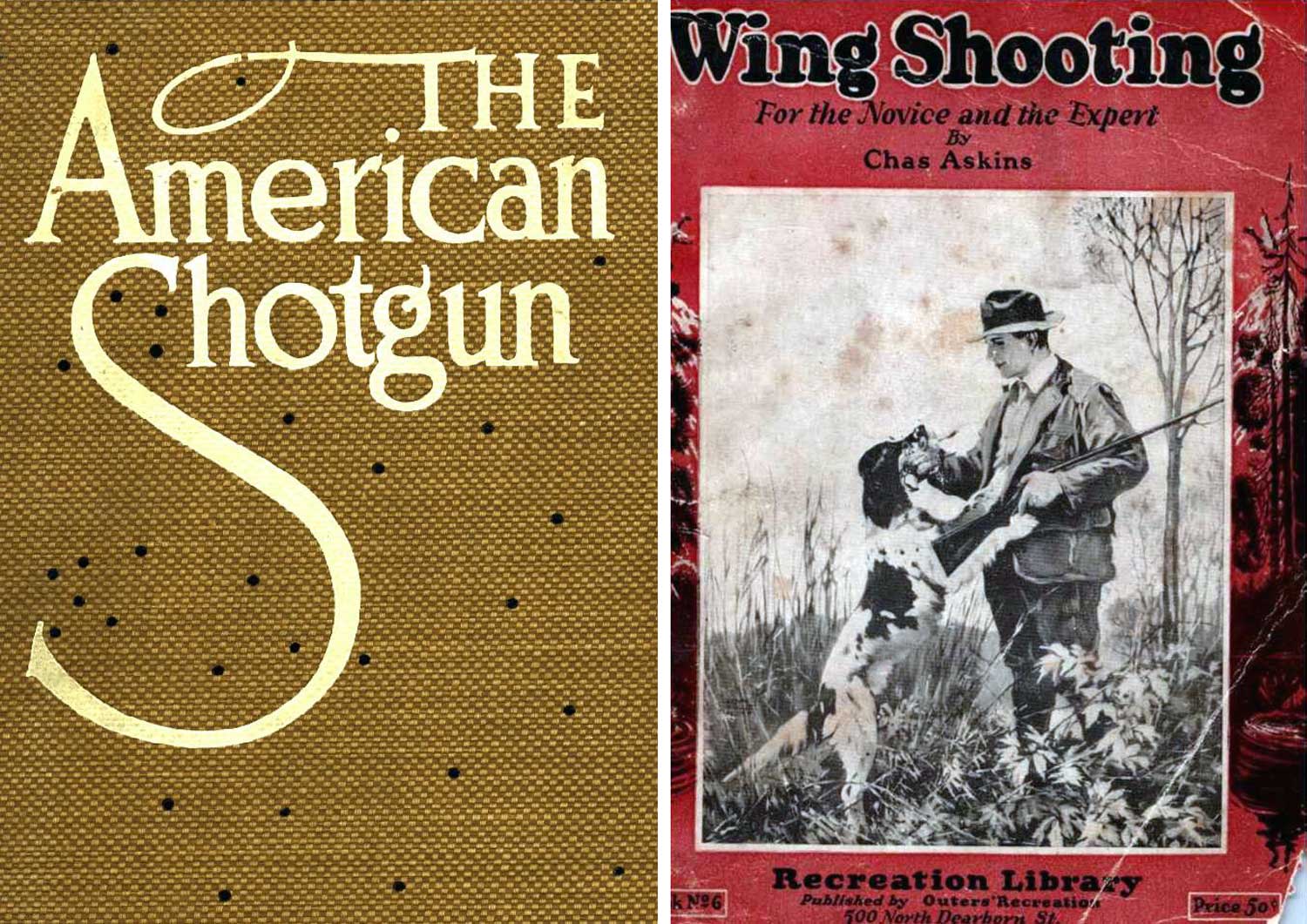
MAJOR CHARLES “BOBO” ASKINS, SR. (1861-1947)
Charles Askins, Sr. was, along with Horace Kephart and one or two others, at the top of the gun writing game in the first three decades of the 20th century. He is often confused with his son, thanks not only to their shared name but the fact that both were military officers and both wrote a book with the title Wing and Trap Shooting. Maybe the simplest way to distinguish the two is to list the elder Askins’ books, almost all of which focused on shotguns. They are, in chronological order of appearance, The American Shotgun, Wing and Trap Shooting, Rifles and Rifle Shooting, Wing-Shooting, Shotgun-Ology, Super-X: A Discussion of Long Range Loads for 10, 12, 16, 20 and .410 Gauge Shotguns, Shooting Facts, Modern Shotguns and Loads and Game Bird Shooting. In addition to his books, he was for many years the gun columnist for Outdoor Life and American Rifleman.

COLONEL CHARLES “BOOTS” ASKINS, JR. (1907-1999)
As prolific as his father, and many times more controversial, the younger Askins began writing before his father’s death, but his first book did not appear until after the last one written by his sire. His works include Hitting the Bull’s-Eye; The Art of Handgun Shooting; Wing and Trap Shooting; The Pistol Shooter’s Book; The Shotgunner’s Book; Asian Jungle, African Bush; The African Hunt; Texans, Guns & History; The Gunfighters and his autobiography, Unrepentant Sinner. In the latter book he writes scathingly of Jack O’Connor (who replaced his father at Outdoor Life), saying he “did most of his wingshooting with his trusty IBM Selectric.”
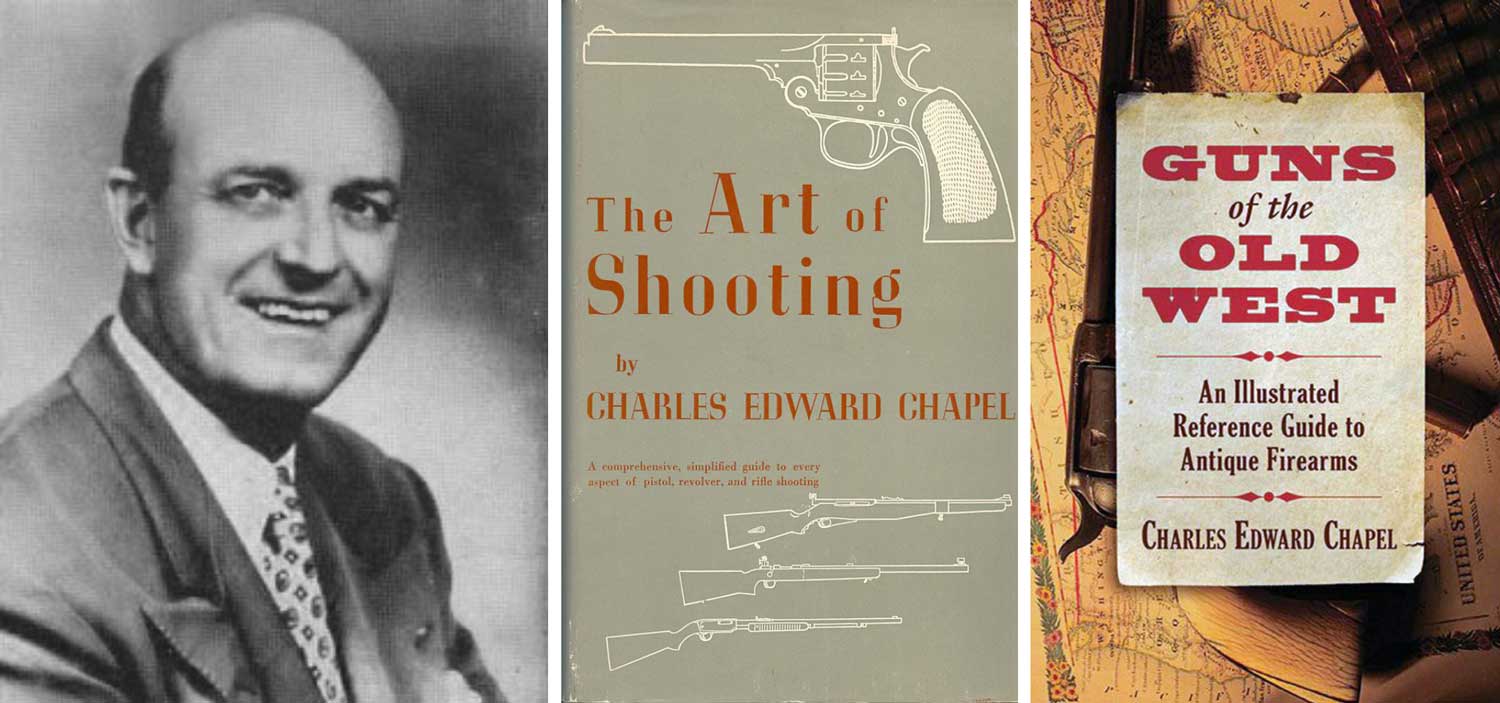
LIEUTENANT CHARLES EDWARD CHAPEL (1904-1967)
After a military career cut short by an injury, Chapel became an aeronautical engineer and wrote a number of books in that field. He soon turned his abundant energy to police science, forensics, firearms collecting and shooting. One authority suggests he wrote more than 5,000 articles, and beginning with Gun Collecting in 1939, he produced a whole batch of firearms-related books. These include Military and Sport Rifle Shooting; The Boy’s Book of Rifles; Field, Skeet, and Trapshooting; The Gun Collector’s Handbook of Values; Simplified Rifle Shooting; Simplified Pistol and Revolver Shooting; The Art of Shooting; The Complete Book of Gun Collecting; Guns of the Old West; U. S. Martial and Semi-Martial Single Shot Pistols and The Complete Guide to Gunsmithing.
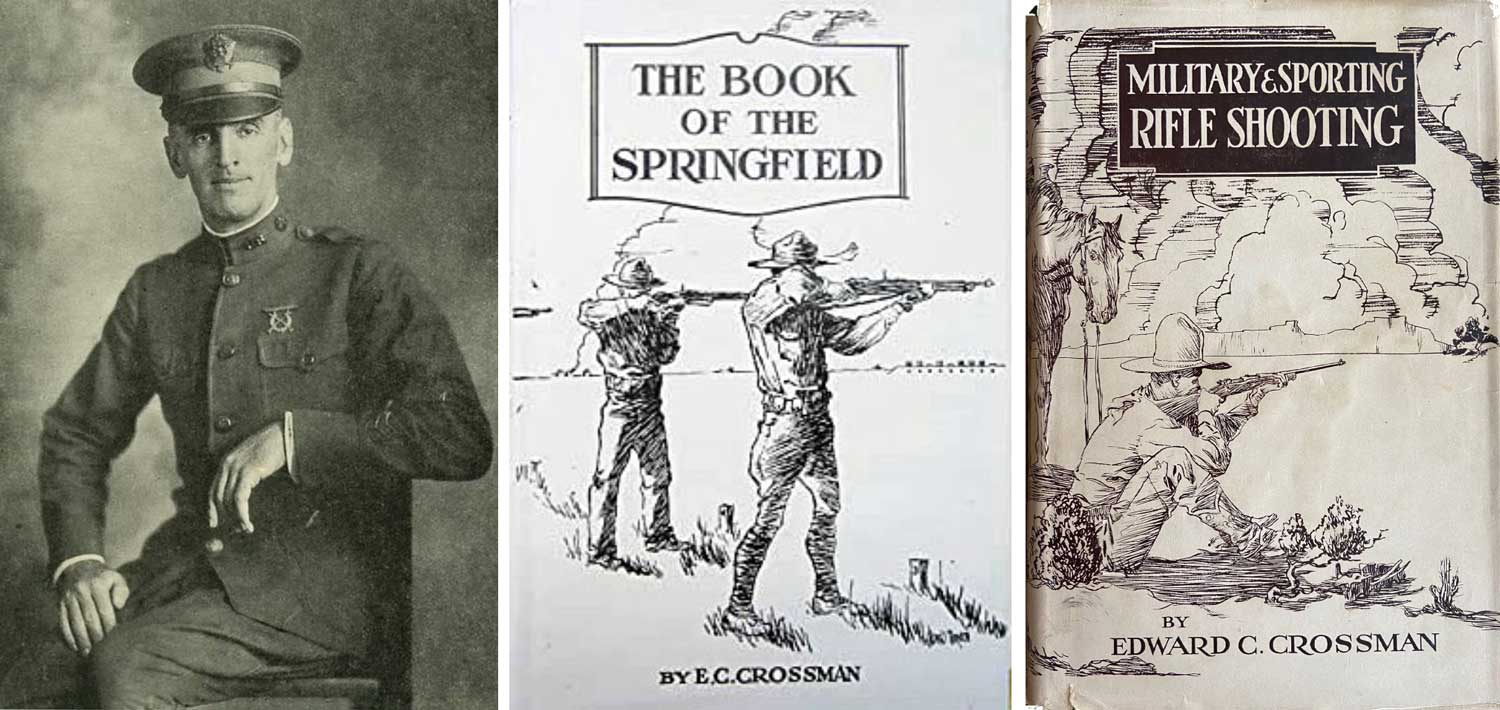
CAPTAIN EDWARD C. CROSSMAN (1889-1939)
According to one historian of writing on firearms, “Captain Ned” “was the only writer of his era who made a living writing for magazines.” That’s a questionable assertion, but there is no doubt he was among the pioneer full-time gun writers. After World War I, when he worked at Camp Perry, he launched his writing career. His books include Gun and Rifle Facts, Small-Bore Rifle Shooting and The Book of the Springfield (his most important work).

PAUL A. CURTIS, JR. 1889-1943)
An engineer by training, Curtis became a masthead presence for Field & Stream in 1919 and for 15 years held various titles including Gun Editor and Arms and Ammunition Editor. He subsequently worked for National Sportsman and was one of the country’s foremost gun authorities in the 1920s and 1930s. His books include American Game Shooting, Guns and Gunning, The Highlander, Sportsmen All and Shooting Firearms of Today in Use.
 ROY F. DUNLAP (1914-1997)
ROY F. DUNLAP (1914-1997)
Compared with most of the individuals covered here, Dunlap was not a prolific writer. However, his magnum opus, Gunsmithing, is so comprehensive (it runs to well over 700 pages) and so authoritative that he merits listing. Also, it is worth noting that he was an NRA Lifetime Master who won more than 400 medals as a competitive shooter. His other books were Ordnance Went Up Front, which recounts his experiences as a sergeant of ordnance on various fronts in World War II, and The Gunowner’s Book of Care, Repair & Maintenance.
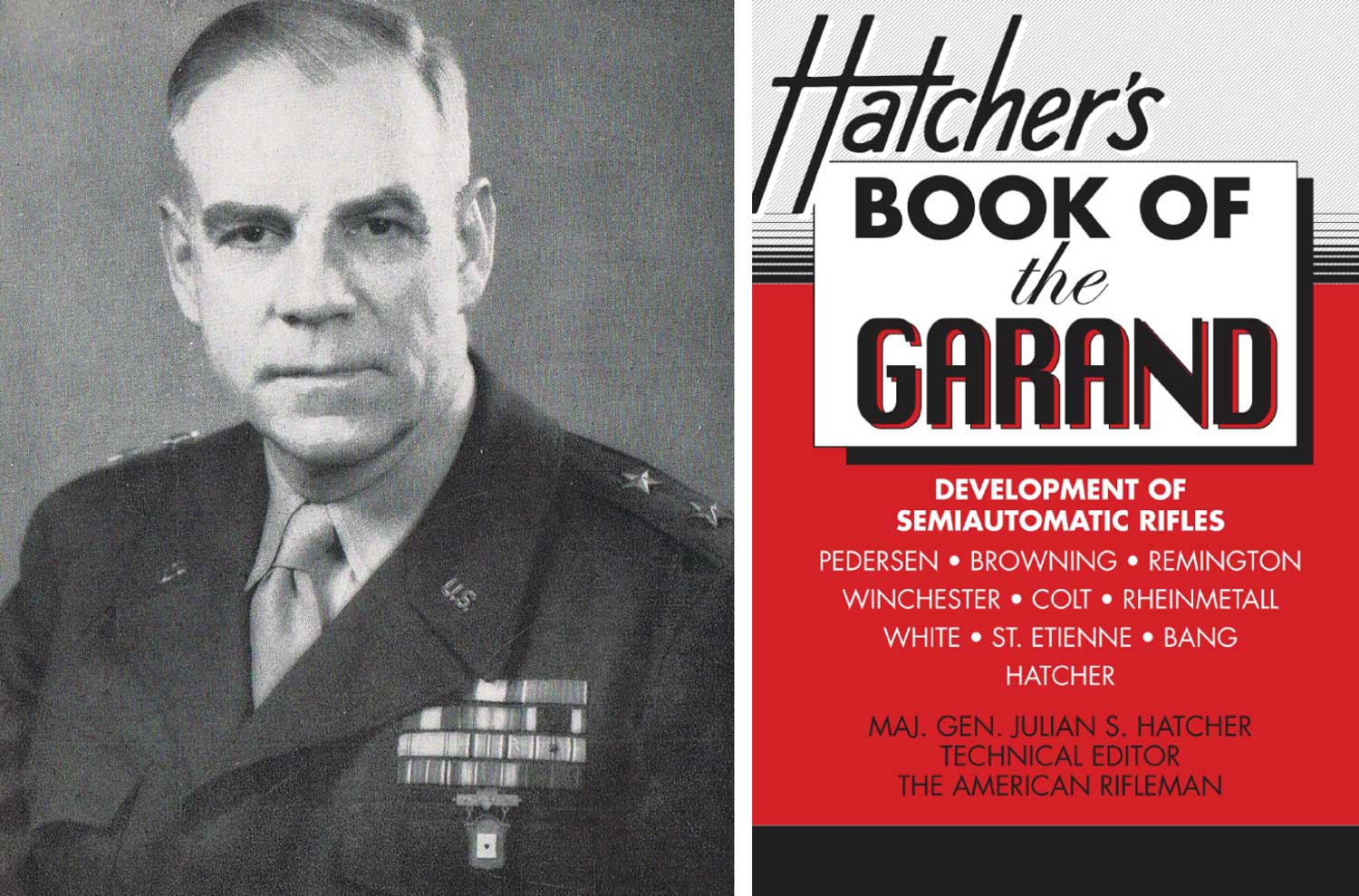
MAJOR GENERAL JULIAN S. HATCHER (1888-1963)
A career military man who graduated from Annapolis but served in the U. S. Army for most of his lengthy military career, Hatcher wrote a number of specialized, highly regarded books. These included Pistols and Revolvers and Their Use, Textbook of Pistols and Revolvers, Textbook of Firearms Investigation, Hatcher’s Notebook, The Book of the Garand, and, with other authors, Handloading and Machine Guns.

ELMER M. KEITH (1899-1984)
Bombastic, full of himself, and a great teller and embellisher of tales, some have characterized this diminutive icon as a classic example of the “little man syndrome.” The title of his autobiography, Hell, I Was There! says a great deal in this regard. He was the antithesis of Jack O’Connor in personality and in gun preferences, and Keith considered him his great rival. Among his books are Shotguns by Keith, Big Game Hunting, Keith’s Rifles for Large Game, Big Game Rifles & Cartridges, Sixgun Cartridges, Guns and Ammo for Hunting Big Game, Safari and a posthumously published anthology, Gun Notes, compiled from his contributions to Guns & Ammo magazine.
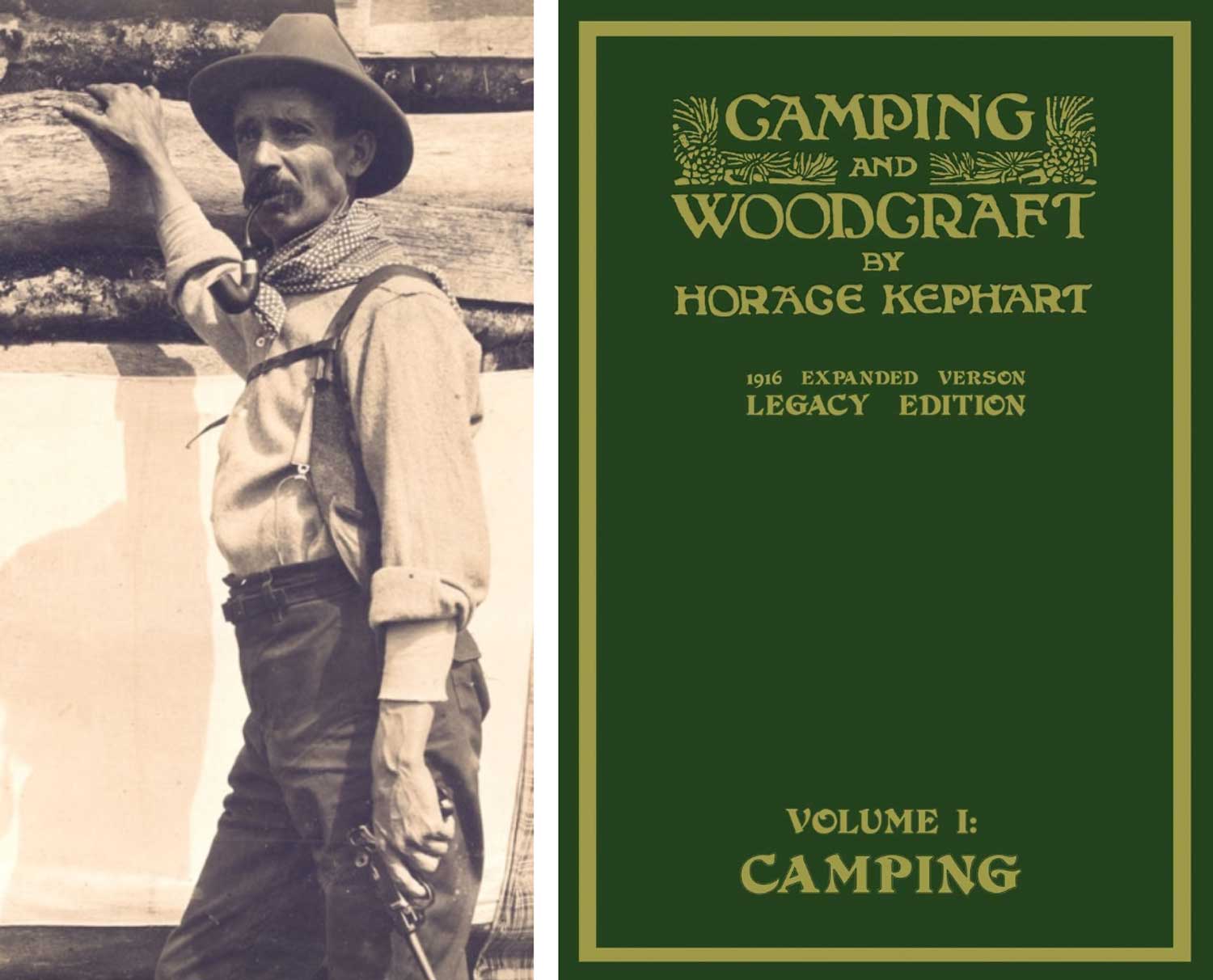
HORACE S. KEPHART (1867-1931)
Best known for his somewhat scurrilous and definitely sensationalized book Our Southern Highlanders, wherein folks from the part of the world where this columnist grew up are depicted in a decidedly negative (and inaccurate) fashion, along with his massive Camping and Woodcraft, Kephart was one of the first American writers to establish himself as a firearms expert. His efforts in that arena are comparatively unknown, but he was among the first to make careful studies of ballistics and his writings in this arena are factually reliable. He contributed to numerous outdoor publications and was the author of Sporting Firearms and a key contributor to Guns, Ammunition, and Tackle. An expanded version of the former work, edited and compiled by this columnist, appeared as a volume in The Firearms Classics Series. There are also extensive excerpts from his writings in this area, with commentary by me, in George Frizzell and Mae Miller Claxton (editors), Horace Kephart: Writings.

JUDGE CHARLES S. LANDIS (1886-1961)
Landis was one of many of Tom Samworth’s (see below) author finds, although he was active in gun writing prior to the appearance of his first Small-Arms Technical Publishing Company title. His specialty was the .22, but he wrote on all calibers of guns for magazines such as Outers, Outdoor Life and as Gun Editor for Rod & Gun in Canada. Among his books were The Use of Rifles for Game and Target, Rifle-Craft, The Shooter’s Guide, Woodchucks and Woodchuck Rifles and .22 Caliber Varmint Shooting.

JACK O’CONNOR (1902-1978)
An English professor turned outdoor writer, O’Connor is probably the best-known American gun scribe. An elegant stylist who was a stickler for facts, he could sometimes be a bit of a prickly pear, and that comes through in telling fashion in his posthumously published autobiography, The Last Book: Confessions of a Gun Editor. Most of his career was spent as a staff writer with Outdoor Life. Among his major books are the autobiographical Horse and Buggy West; two novels, Conquest and Boom Town; and Game in the Desert; Sheep and Sheep Hunting; The Complete Books of Rifles and Shotguns; The Shotgun Book; The Rifle Book; Hunting in the Rockies; Hunting on Three Continents and The Art of Hunting Big Game. This writer compiled two anthologies of his articles, The Lost Classics of Jack O’Connor and Classic O’Connor.
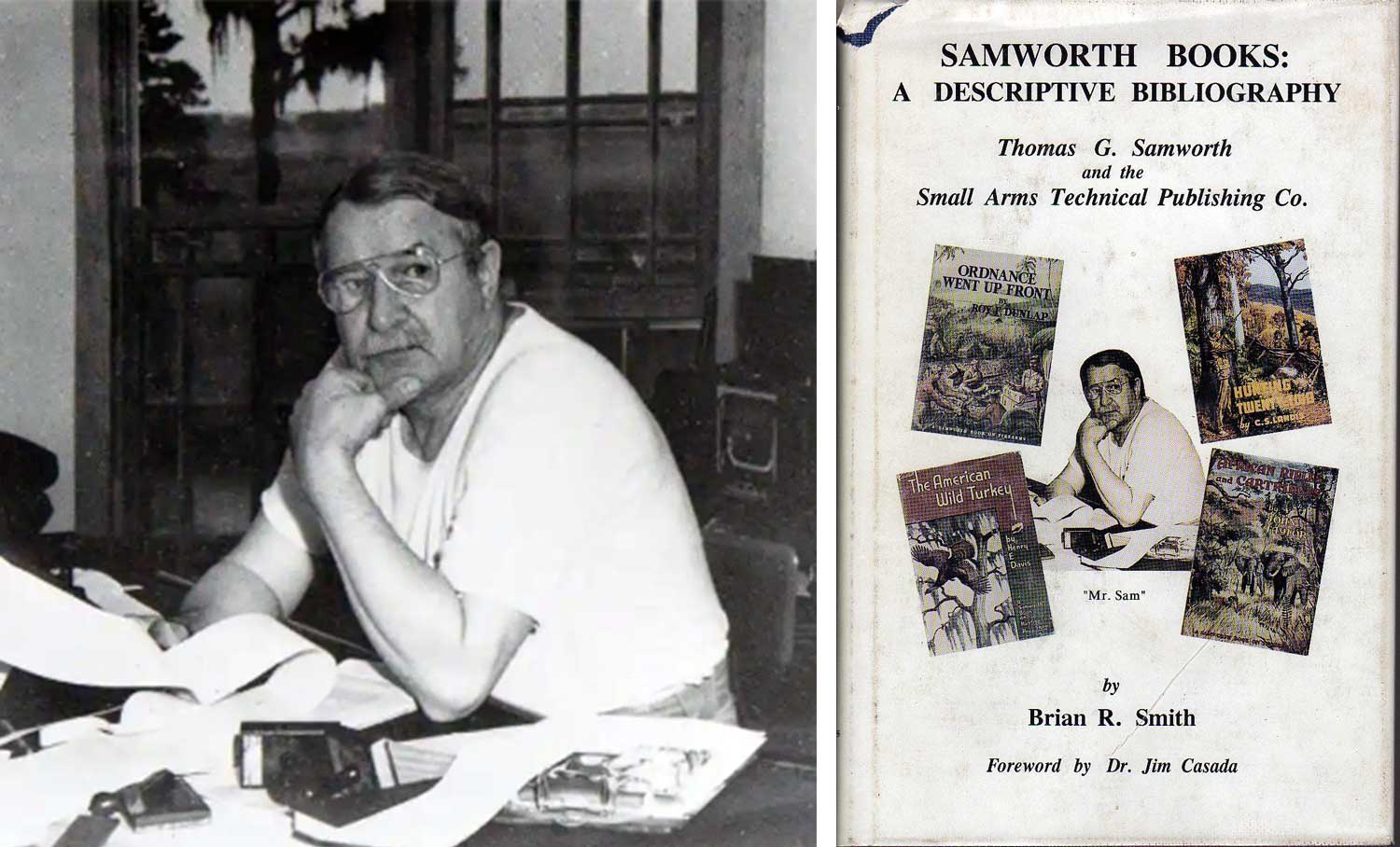
THOMAS G. SAMWORTH (1888-1981)
Okay, this one’s a bit of a stretch, but salty “Mr. Sam,” never mind that he never wrote a book on his own, loomed so large in the publication of specialized gun books over a decades’ long period during the first half of the 20th century I couldn’t resist including him. A one-man publishing operation, his Small-Arms Technical Publishing Company produced almost 50 books, most of them dealing with one aspect or another of firearms. A few focused on some specific type of hunting. Samworth, who had at one time edited the National Rifle Association’s publications, had solid contact with most of the leading gun experts of the day and created an unrivalled stable of writers including a number of those listed here. Details of his career and the books he published can be found in Brian R. Smith’s Samworth Books: A Descriptive Bibliography.

TOWNSEND WHELEN (1877-1961)
To my way of thinking, when it comes to “all ’rounders” who were not only gun writers but hunters and woodsmen, “Townie” Whelen has no peer. Others might opt for Jack O’Connor or Elmer Keith, and solid arguments could be made for each of them, but along with being a sort of Renaissance man of the outdoors he was immensely likeable and exhibited few of the quirks associated with O’Connor or Keith. Moreover, the range of subject matter in his many books gives something of an index to the man’s versatility. They included Suggestions to Military Riflemen; The American Rifle; Cartridges and Loads for American Rifles; The Care and Cleaning of Modern Firearm; Big Game Hunting; American Big Game Shooting; Wilderness Hunting and Wildcraft; Small Bore Rifle Shooting; Telescopic Rifle Sights; Remodeling Military Rifle; The Hunting Rifle; Tips to Shooters of Shotguns, Rifles and Pistols; Small Arms Design and Ballistics (two volumes); Hunting Big Game (a two-volume anthology he edited); The Ultimate in Rifle Precision; Why Not Load Your Own!; Fundamentals of Scope Sights; Amateur Gunsmithing and On Your Own in the Wilderness.

